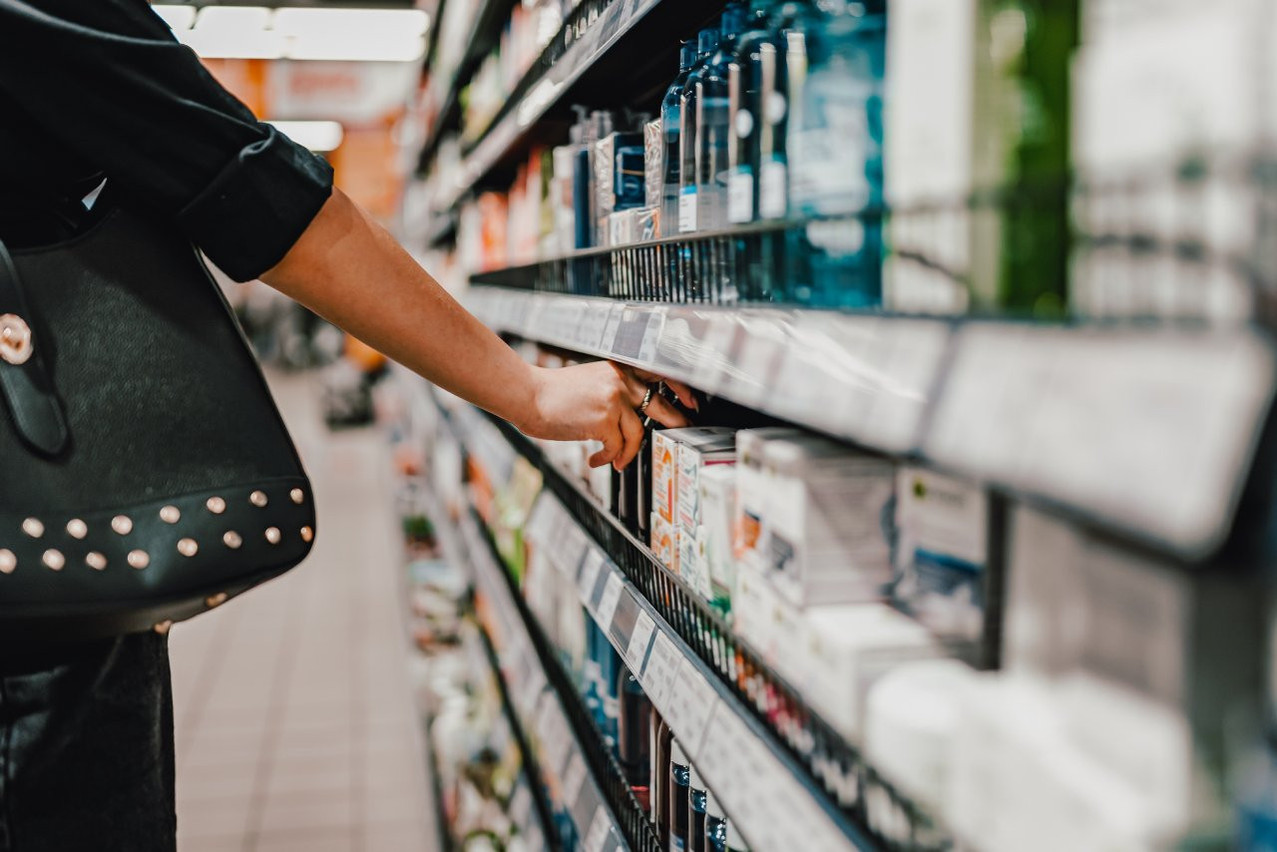Initiated in 2003, the Safety Gate rapid alert system enables national authorities to share information on articles presenting a danger to the health or safety of consumers. On Thursday 17 April, the European Commission published its annual activity report.
Strong increase in alerts
The year 2024 marks an all-time record for this scheme, with 4,137 notifications recorded. That’s almost double the volume observed in 2022 and an increase of more than 700 cases when compared to 2023 (which saw 3,412 reports). This does not mean that the products we use every day have become more dangerous, but rather that European countries have taken full advantage of this reporting tool.
This increase can also be explained in part by the entry into force of the new General Product Safety Regulation (GPSR) last December, which strengthens the requirements for monitoring, traceability and withdrawal of products at risk.
At the same time, 4,279 follow-up actions were undertaken by member states, confirming an increasingly responsive system of cooperation between participating countries, says the European Commission.
Luxembourg active on the security front
In this interconnected system, Luxembourg contributed to the protection of European consumers by issuing 79 alerts in 2024, compared with 56 a year earlier. At the same time, 71 follow-up operations were undertaken following alerts from other countries.
In 2024, the products most frequently affected by these Luxembourg alerts were cosmetics (79% of cases), motor vehicles (11%) and protective equipment (11%).
As far as hazards are concerned, Luxembourg notifications mainly concerned chemical risks (53%), environmental problems (21%) and injury risks (21%).
Earlier this week, the Luxembourg environment administration announced the withdrawal from the market and a ban on the use of 10 tattoo inks, all of which were reported on the Safety Gate platform, which is accessible to the general public.
Increased vigilance on cosmetics
Looking at all countries combined, cosmetics (36% of cases) generated the most alerts in 2024, ahead of toys (15%), electrical appliances (10%) and cars (9%). This increase is largely due to the detection of butylphenyl methylpropional (BMHCA), a synthetic component banned in the EU since March 2022 but still present in many products. BMHCA can harm the reproductive system and can cause skin sensitisation.
International cooperation
The European scheme continues to play a central role in global cooperation on consumer safety, in conjunction with the Chinese authorities, the US Consumer Product Safety Commission and Health Canada. The system also contributes to the OECD’s global recall portal.
This article was originally published in .
